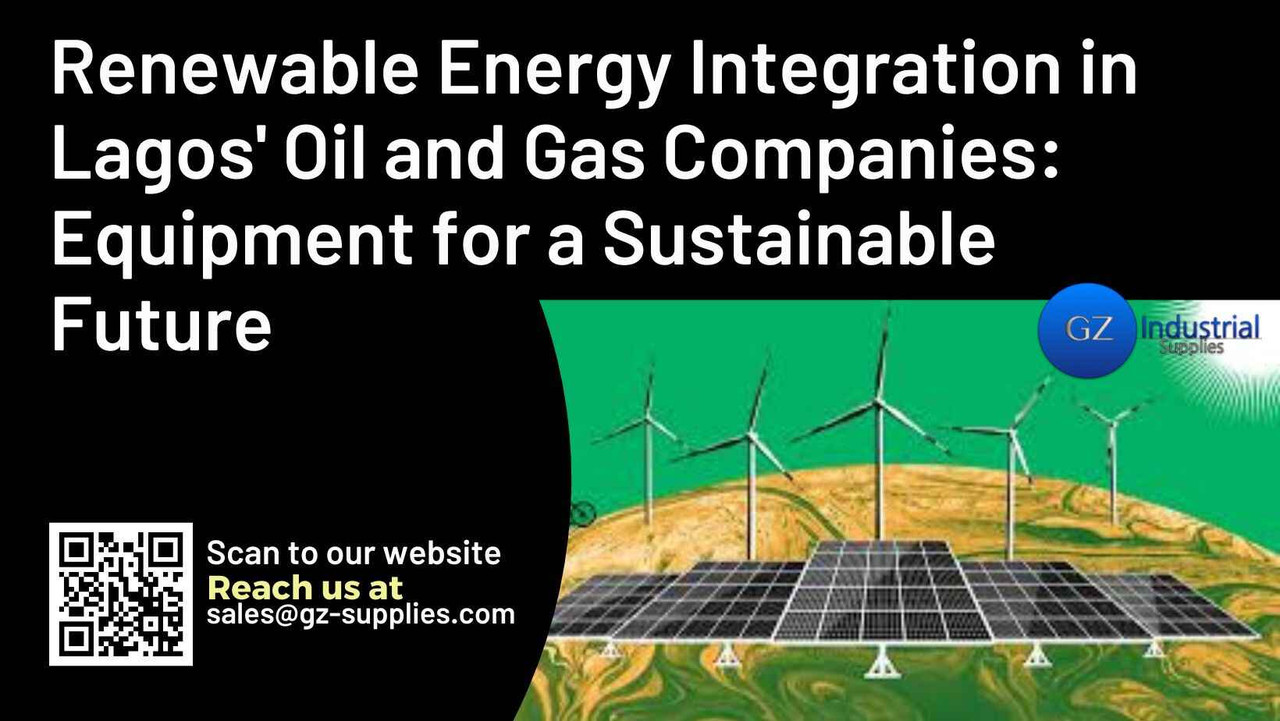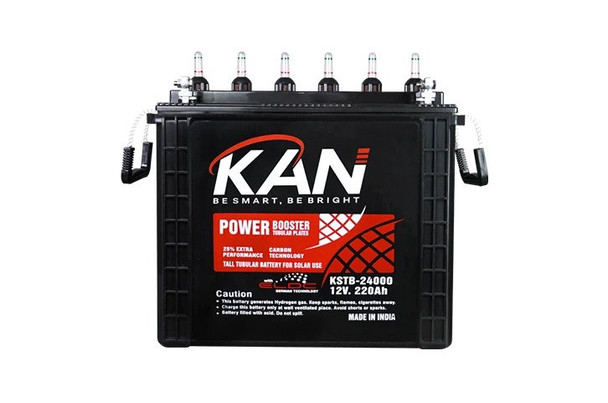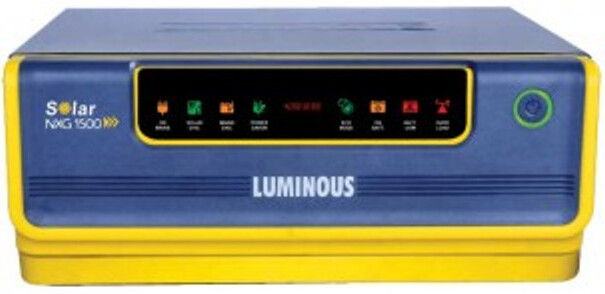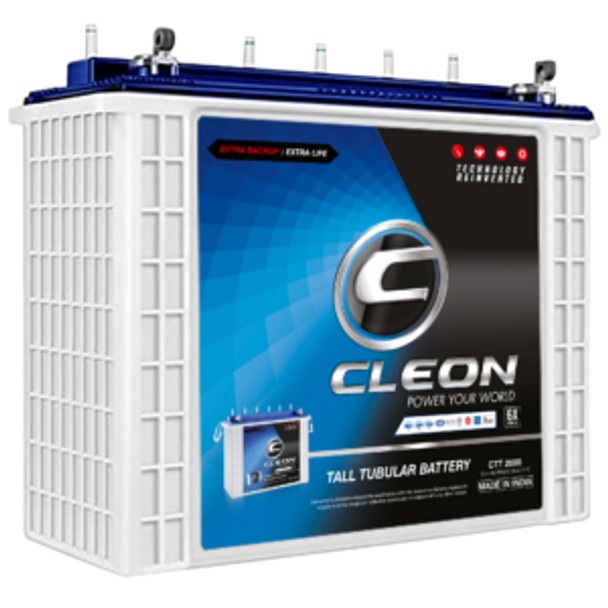Renewable Energy Integration in Lagos' Oil and Gas Companies: Equipment for a Sustainable Future
Key Takeaways
Introduction
Lagos, as a key player in Nigeria's oil and gas sector, is at the forefront of efforts to integrate renewable energy into its operations. The shift towards sustainable energy sources is driven by the need to reduce environmental impact, lower operational costs, and comply with global regulations. Renewable energy solutions like solar, wind, biomass, and hydropower offer promising alternatives to traditional fossil fuels, providing cleaner, more efficient power options.
By investing in equipment such as photovoltaic panels, wind turbines, and biomass boilers, oil and gas companies in Lagos can harness these renewable resources to enhance energy security, reduce greenhouse gas emissions, and build a more sustainable future for the industry.
SOLAR PANEL 250WATTS 24V POLY
Current Energy Landscape in Lagos' Oil and Gas Sector
Traditional Energy Sources
The oil and gas sector in Lagos predominantly relies on fossil fuels for energy. This dependence poses several challenges, including high operational costs and environmental impact. Traditional energy sources such as diesel generators and gas turbines are commonly used, but they contribute significantly to greenhouse gas emissions and environmental degradation. Understanding this landscape is crucial for recognizing the need for renewable energy solutions.
Environmental and Economic Pressures
The environmental impact of fossil fuels is a major concern. Emissions from these energy sources contribute to air pollution and climate change. Additionally, oil and gas companies face economic pressures to reduce costs and comply with increasingly stringent environmental regulations. The transition to renewable energy offers a way to address these issues by reducing emissions and operational costs while also enhancing corporate sustainability credentials.
Types of Renewable Energy Sources for Oil and Gas Companies
1. Solar Energy
Solar energy is a promising option for oil and gas facilities in Lagos. Solar panels convert sunlight into electricity, providing a clean and renewable energy source. Key components include:
1. Photovoltaic Panels: These capture sunlight and convert it into electrical energy.
2. Inverters: These devices convert the direct current (DC) produced by solar panels into alternating current (AC) used by most industrial equipment.
3. Battery Storage Systems: These store excess energy generated during the day for use at night or during cloudy periods.
Integrating solar power can reduce reliance on diesel generators and lower operational costs.
2. Wind Energy
Wind turbines harness the power of wind to generate electricity. In Lagos, where wind speeds can vary, the feasibility of wind energy depends on local wind patterns. Key considerations include:
1. Wind Turbines: These come in various sizes and types, including horizontal-axis and vertical-axis turbines.
2. Wind Measurement Equipment: Tools like anemometers measure wind speed and direction to determine the best locations for turbines.
Wind energy offers the advantage of being a clean and renewable source, though its efficiency depends on local wind conditions.
Kan 12v. 220AH Solar Tubular Battery (Portable Energy Storage)
3. Biomass Energy
Biomass energy involves using organic materials—such as agricultural waste, wood chips, and other by-products—to generate energy. This method can be particularly useful for facilities with access to biomass feedstocks. Essential equipment includes:
1. Biomass Boilers: These burn organic materials to produce heat and power.
2. Digesters: These process organic waste into biogas, which can be used for energy.
3. Pelletizing Machines: These convert biomass into pellets for easier handling and combustion.
Biomass energy reduces waste and can provide a reliable energy source.
4. Hydropower
Hydropower utilizes water flow to generate electricity. For facilities near water sources, small-scale hydroelectric systems can be an effective option. Key equipment includes:
1. Micro-Hydro Turbines: These are designed for small-scale energy production.
2. Penstocks: Pipes that direct water flow to the turbines.
3. Control Systems: Manage the flow of water and electricity generation.
Hydropower can be a stable and renewable energy source, though its application depends on the availability of suitable water resources.
Essential Equipment for Renewable Energy Integration
To effectively integrate renewable energy into oil and gas operations, companies need to invest in specific equipment tailored to each energy source. Here’s a closer look at the essential equipment for solar, wind, biomass, and hydropower energy systems:
1. Solar Power Equipment
Photovoltaic Panels and Inverters: Photovoltaic (PV) panels are critical for capturing sunlight and converting it into electricity. Inverters play a crucial role by transforming the direct current (DC) generated by the panels into alternating current (AC), which is used by most industrial systems. For optimal performance, panels should be installed in locations with maximum sunlight exposure, and inverters should be matched to the size and type of PV array.
Battery Storage Systems: Battery systems store excess solar energy generated during the day, which can be used when sunlight is not available. This ensures a consistent energy supply and reduces reliance on traditional power sources during non-daylight hours.
Solar Tracking Systems: These systems adjust the angle of solar panels throughout the day to follow the sun’s path, maximizing energy capture and improving efficiency by up to 25% compared to fixed panels.
Inverter 1.5 KVA/24V Solar Luminous
2. Wind Power Equipment
Wind Turbines: Wind turbines are essential for converting wind energy into electricity. They consist of blades that capture wind energy, a rotor that converts this energy into mechanical power, and a generator that produces electricity. Turbines need to be selected based on local wind conditions and energy needs.
Wind Measurement and Monitoring Equipment: Anemometers and wind vanes measure wind speed and direction, which helps in assessing the feasibility of wind power at a particular site. Monitoring equipment ensures that turbines operate efficiently and helps in optimizing their performance.
3. Biomass Equipment
Biomass Boilers and Digesters: Biomass boilers burn organic materials to produce heat, which can be used for power generation or heating. Digesters process organic waste to produce biogas, a renewable energy source. Both types of equipment help in utilizing waste materials and reducing reliance on fossil fuels.
Pelletizing and Briquetting Machines: These machines compress biomass into pellets or briquettes, making it easier to handle and burn efficiently. This process enhances the energy density of biomass and simplifies storage and transportation.
Waste Collection and Processing Equipment: Efficient collection and processing of biomass feedstocks are essential for maintaining a steady supply of material. Equipment like conveyors, shredders, and separators prepare biomass for use in energy production.
4. Hydropower Equipment
Micro-Hydro Turbines and Generators: Micro-hydro systems generate electricity from small-scale water flow. These turbines are suited for sites with sufficient water flow but limited head height. They are paired with generators that convert mechanical energy into electrical power.
Penstocks and Control Systems: Penstocks are large pipes that channel water flow to the turbines. Control systems regulate the flow and pressure of water, ensuring optimal turbine performance and energy production.
Benefits of Renewable Energy Integration for Oil and Gas Companies
1. Environmental Impact Reduction
Integrating renewable energy sources significantly lowers greenhouse gas emissions compared to traditional fossil fuels. This shift reduces pollution, mitigates climate change impacts, and helps oil and gas companies meet environmental regulations and sustainability goals.
2. Cost Savings and Efficiency
Renewable energy systems can lead to substantial long-term cost savings. While initial investments may be high, the reduction in energy costs and maintenance requirements results in financial benefits over time. Additionally, renewable energy systems can enhance operational efficiency by providing a reliable and stable power supply.
3. Regulatory Compliance and Corporate Responsibility
Adopting renewable energy helps companies comply with environmental regulations and standards, which are becoming increasingly stringent. It also boosts corporate social responsibility by demonstrating a commitment to sustainable practices and reducing the environmental footprint.
4. Energy Security and Reliability
Renewable energy systems provide a diversified energy portfolio, reducing dependence on external fossil fuel sources. This enhances energy security and reliability, ensuring that oil and gas operations can continue uninterrupted even if traditional power supplies are disrupted.
Cleon Solar Tubular battery 12V 240AH
Challenges and Solutions for Renewable Energy Integration
1. Initial Investment and Costs
One of the primary challenges of integrating renewable energy into oil and gas operations is the high upfront cost of equipment and installation. Solar panels, wind turbines, and other renewable energy systems require significant capital investment.
Solution: To manage costs, companies can explore financing options such as loans, grants, or leasing arrangements. Additionally, government incentives and subsidies for renewable energy projects can help offset initial expenses.
2. Technical and Infrastructure Challenges
Integrating renewable energy systems with existing infrastructure can be complex. Compatibility issues and the need for specialized infrastructure adjustments can pose technical challenges.
Solution: Conducting thorough feasibility studies and planning can help address compatibility issues. Hiring experienced consultants and engineers can ensure that renewable systems are effectively integrated with existing operations.
3. Maintenance and Reliability
Renewable energy systems require ongoing maintenance to ensure optimal performance. For example, solar panels need regular cleaning, and wind turbines require periodic inspections and repairs.
Solution: Implementing a robust maintenance schedule and training staff to handle basic upkeep can mitigate reliability issues. Contracting with specialized service providers for advanced maintenance can also help maintain system efficiency.
Future Outlook and Trends
The future of renewable energy integration in Lagos' oil and gas sector is promising. Emerging technologies and decreasing costs are making renewable energy solutions more accessible and efficient. Innovations such as advanced energy storage systems, smart grids, and hybrid energy systems are likely to play a significant role in enhancing sustainability. Additionally, supportive government policies and international agreements are expected to drive further adoption of renewable energy technologies.
Frequently Asked Questions
1. What types of renewable energy sources are best suited for Lagos' oil and gas companies?
Solar and wind energy are particularly suitable due to Lagos' ample sunlight and favorable wind conditions. Biomass energy can also be effective if organic waste is readily available.
2. How can oil and gas companies finance the initial investment for renewable energy systems?
Companies can explore options such as government subsidies, grants, loans, or leasing arrangements to offset initial costs. Additionally, many financial institutions offer green financing solutions.
3. What maintenance is required for renewable energy systems?
Maintenance needs vary by system but generally include cleaning solar panels, inspecting and servicing wind turbines, and managing biomass boilers. Regular upkeep ensures optimal performance and reliability.
4. How can companies integrate renewable energy systems with existing infrastructure?
Conducting a thorough feasibility study and working with experienced engineers can help address compatibility issues. Planning and expert consultation are crucial for successful integration.
5. What are the long-term benefits of adopting renewable energy for oil and gas operations?
Long-term benefits include reduced energy costs, lower greenhouse gas emissions, enhanced operational efficiency, and improved compliance with environmental regulations.
Other Related Articles
SOLAR ENERGY ADVANTAGES AND DISADVANTAGES
The Impact of Inverter Battery Technology on Renewable Energy Integration
Conclusion
Integrating renewable energy into Lagos' oil and gas operations is a crucial step towards achieving sustainability and operational efficiency. By investing in solar, wind, biomass, and hydropower equipment, companies can reduce their environmental impact, lower costs, and enhance energy security. Overcoming challenges such as initial investment and technical integration requires careful planning and commitment, but the long-term benefits are substantial. As the industry moves towards a more sustainable future, renewable energy will play a key role in shaping Lagos' energy landscape.
For oil and gas companies in Lagos looking to transition to renewable energy, GZ Industrial Supplies offers a comprehensive range of equipment and solutions. Explore our offerings in solar panels, wind turbines, biomass systems, and hydropower equipment to start your journey towards a sustainable future. Visit GZ Industrial Supplies today to learn more and find the right solutions for your needs.












